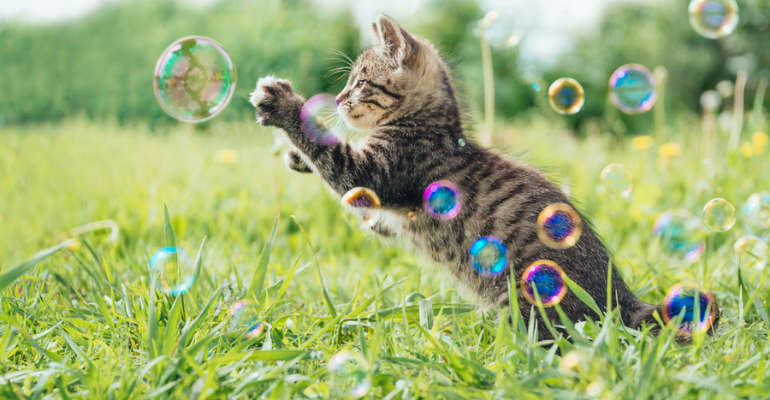
Cats can’t express love with a thoughtful greetings card or box of chocolates but learning to read a few tell-tale pointers can reveal how they really feel about you.
This Valentine’s Day, Cats Protection is sharing five behavioural signs that your cat loves and trusts you, as well as some tips for keeping them happy, healthy and safe.
If your cat displays any of these behaviours, it’s likely you’ve found a very content soulmate.
1. Slow blinking
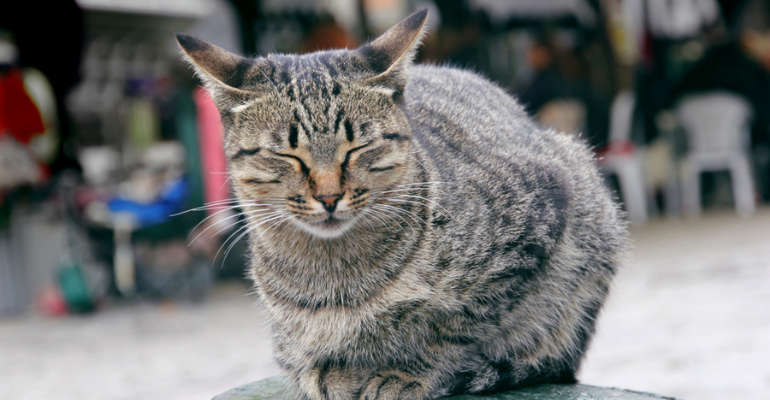
If your cat slow blinks at you, it’s a big deal. It’s their way of signalling that they trust you enough to close their eyes in your presence. The best response is to slow blink back, letting them know the affection is mutual.
2. Showing their tummy
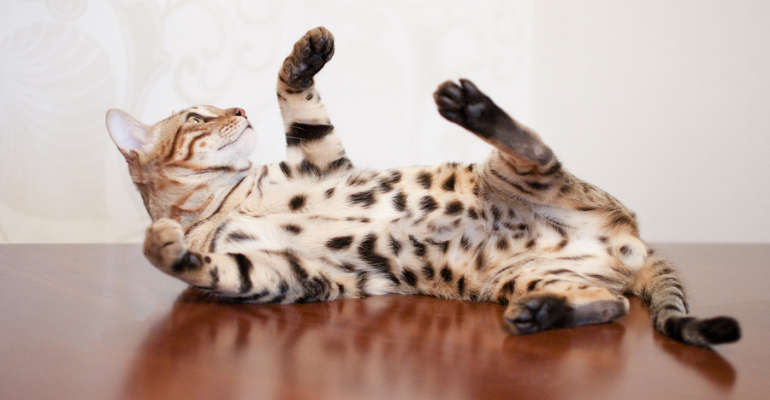
A cat’s tummy is a vulnerable area and most cats don’t like to be touched there. If your cat rolls over and shows their tummy, it’s a loving greeting and sign of trust. The temptation to stroke their tummy could result in a warning scratch. A better response would be a nice chin rub or tickle behind their ears as a sure way to generate affectionate purrs of appreciation.
3. Head bumps
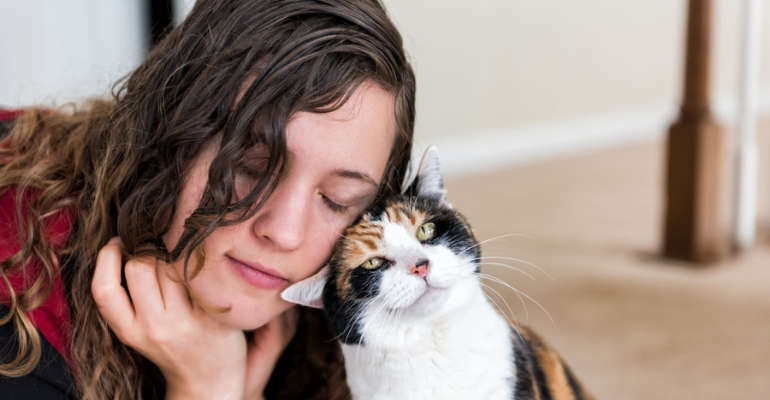
Head bumps are the cat equivalent of a hug. When a cat rubs their head or cheek on you, they’re transferring some of their own scent, marking you as someone who is familiar and can be trusted. You might see them doing this to objects in your home too, which is marking their territory as safe and familiar.
4. Kneading
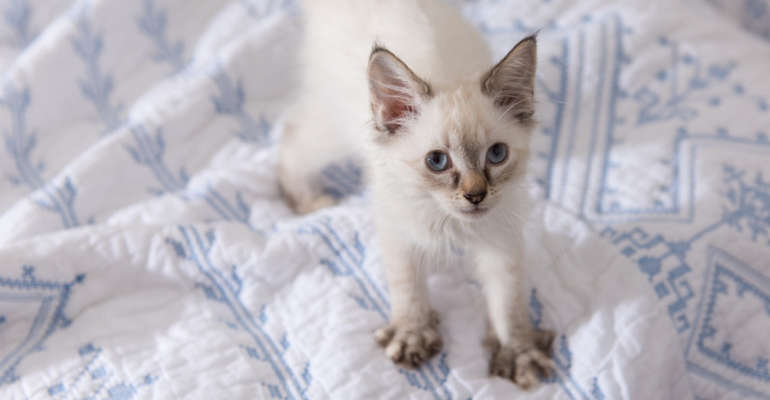
Kneading or ‘making biscuits’ is a behaviour cats perform as kittens to stimulate the flow of milk from their mum. Many cats continue doing it into adulthood and it’s thought they do this simply because it feels good and is a sign of contentment. If your cat starts kneading you, it likely means they’re happy and comfortable on your lap. If you can withstand their claws, that’s an extra sign that you love them too.
5. Tail pointing up
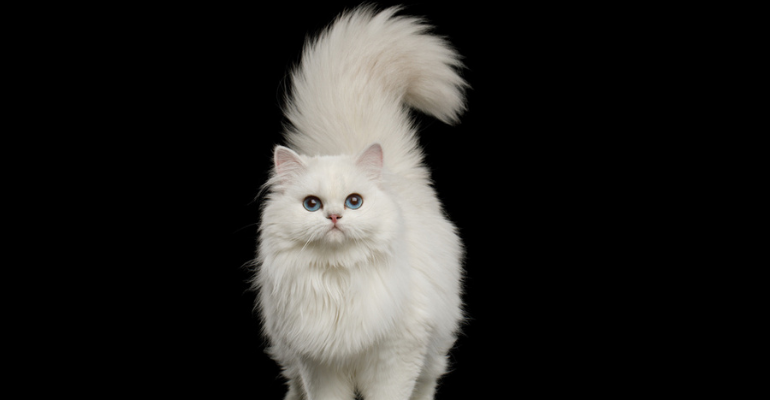
Cats can communicate a lot with just their tail. If it’s low and swishing from side-to-side, they’re feeling worried or indecisive. If their tail is puffed up, then it’s likely they’re scared or feeling stressed. But if your cat comes towards you with their tail pointing up, they are happy to see you and the best response is to let them sniff your hand and give them a fuss to show you’re happy to see them too.
Learning to read your cat’s body language is a great way to help you understand when they’re happy or when they’re stressed and want to be alone.
Nicky Trevorrow, Cats Protection’s Behaviour Manager, said:
“While there are behaviours that are true for most cats as well as a few things that should be avoided, each cat is an individual.
"Getting to know your cat is one of the most fulfilling things about becoming a cat owner.
“Take your time, take their lead. Ask your cat to show you how they like to be treated. Some cats take longer than others to build a relationship, so don't be too disappointed if you don't become best friends straight away.”
Playing with your cat will release their feel-good hormones called endorphins and help to burn off excess energy.
For more information visit Cats Protection’s online guide to cat behaviour.

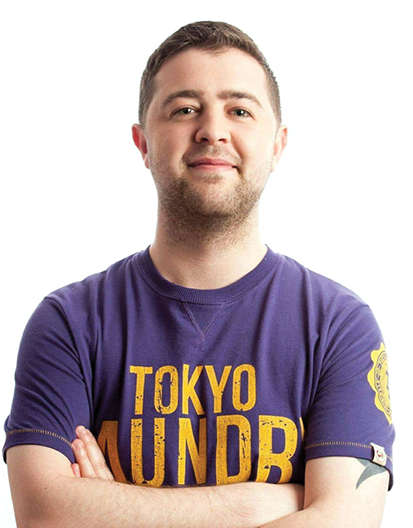
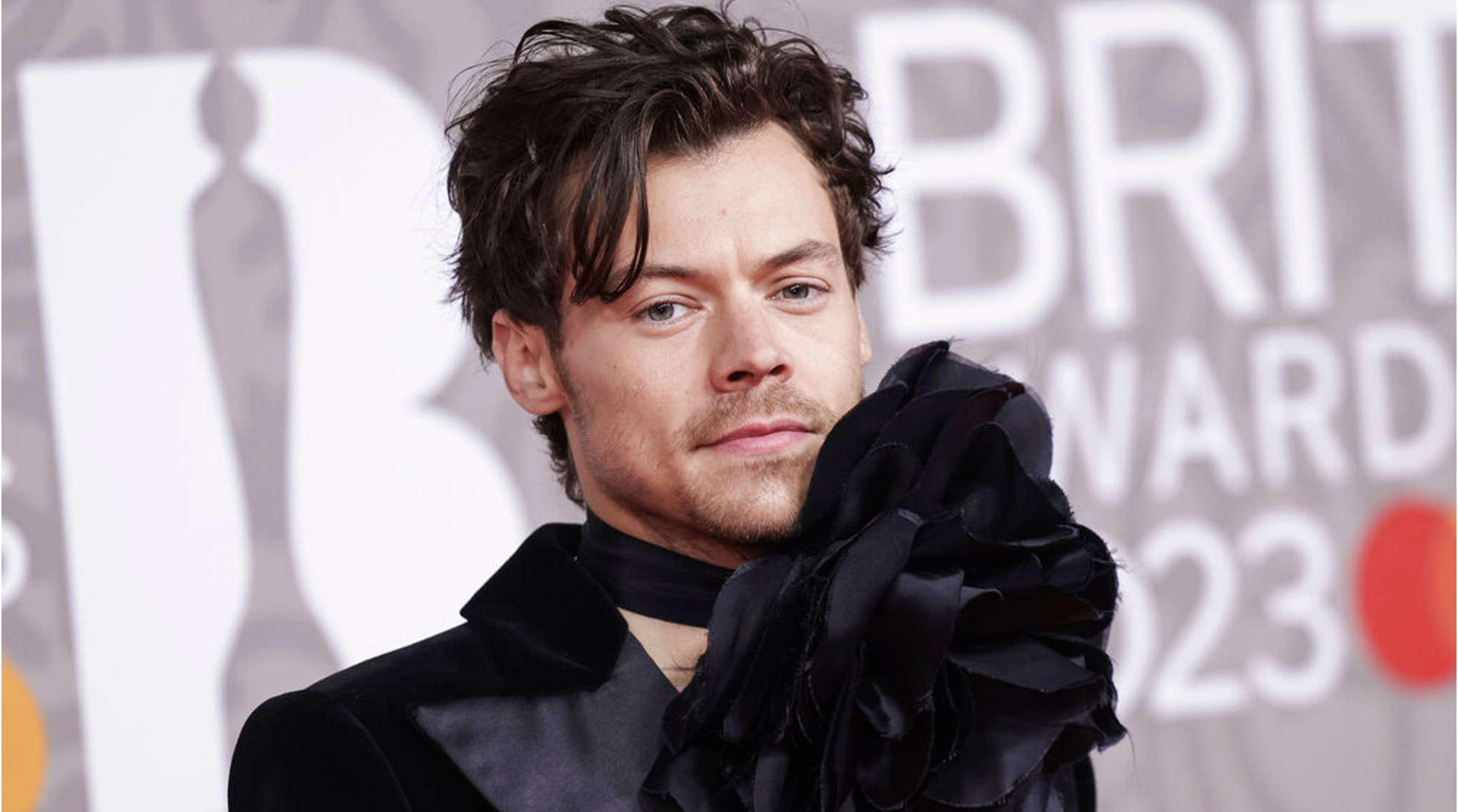 Harry Styles' Stalker Jailed After Sending Him 8,000 Cards In Less Than A Month
Harry Styles' Stalker Jailed After Sending Him 8,000 Cards In Less Than A Month
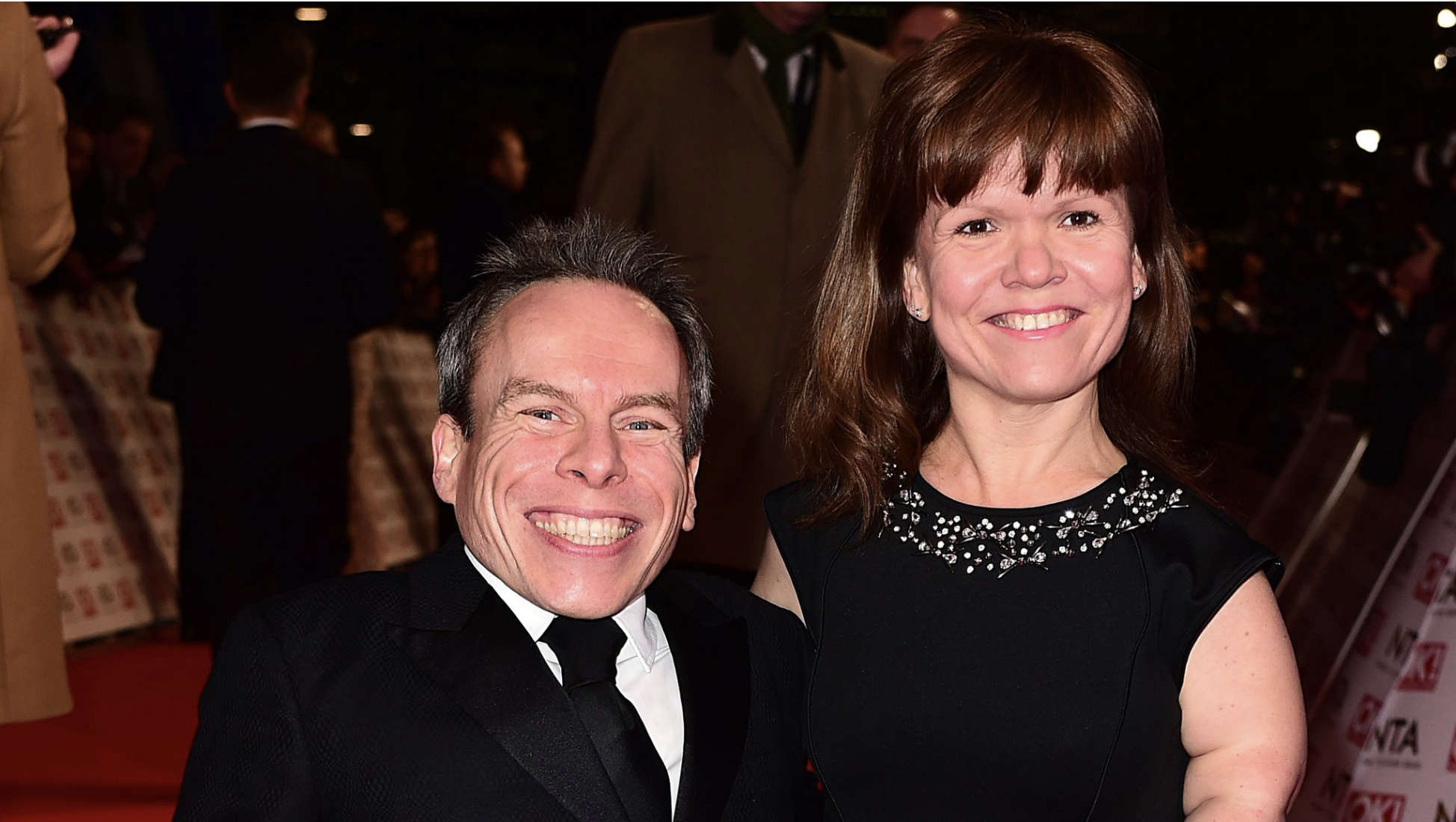 Warwick Davis's wife Samantha dies aged 53
Warwick Davis's wife Samantha dies aged 53
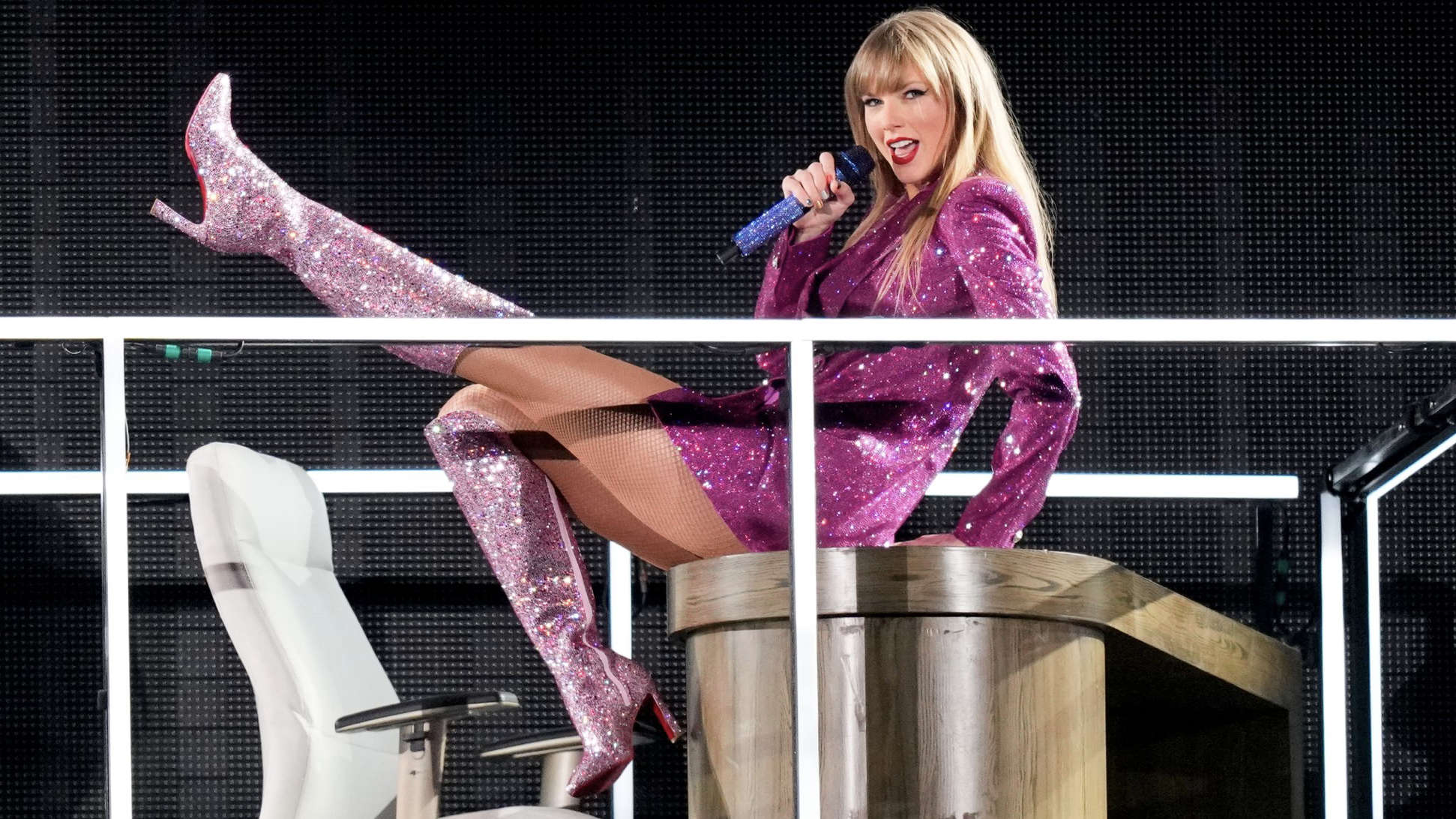 Taylor Swift Fans 'Could Have Lost £1m Due To Eras Ticket Scams'
Taylor Swift Fans 'Could Have Lost £1m Due To Eras Ticket Scams'
 Blur's Damon Albarn Tells Lacklustre Coachella Crowd 'You'll Never See Us Again'
Blur's Damon Albarn Tells Lacklustre Coachella Crowd 'You'll Never See Us Again'
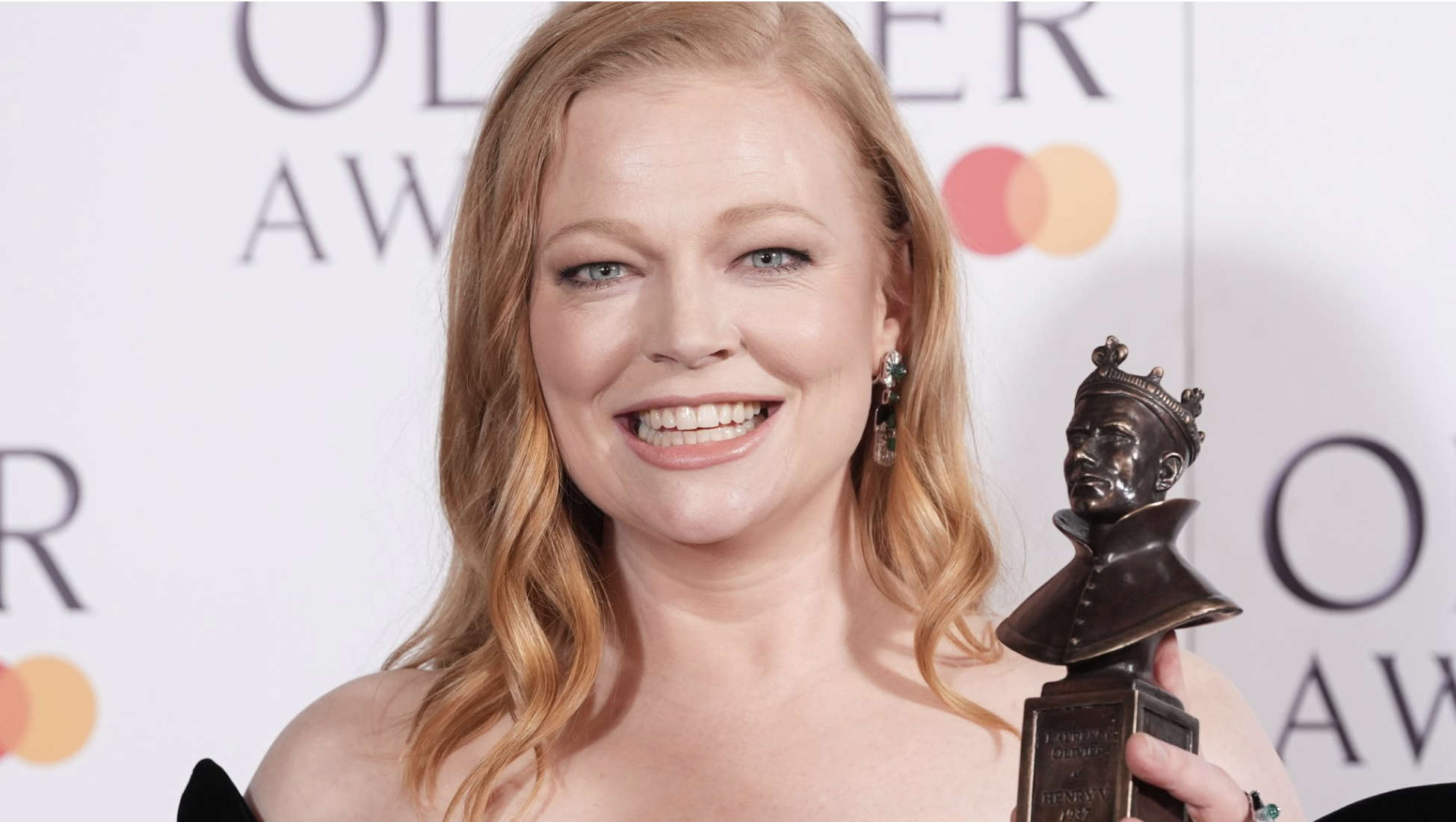 Olivier Awards: Sarah Snook And Nicole Scherzinger Win But Sunset Boulevard Tops Award Count
Olivier Awards: Sarah Snook And Nicole Scherzinger Win But Sunset Boulevard Tops Award Count



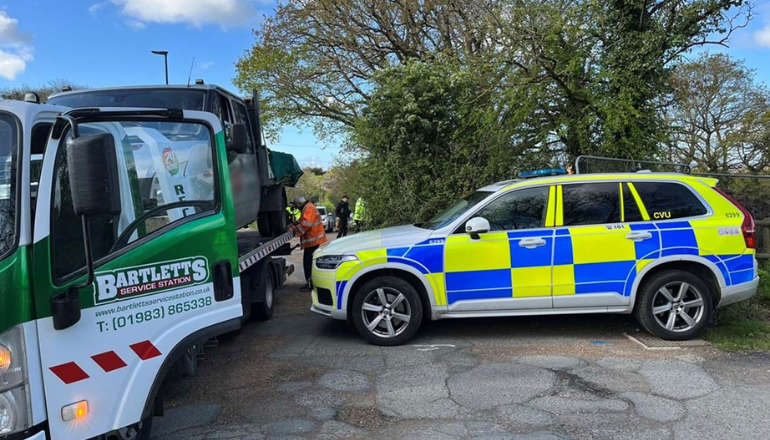 Drug Driving, Domestic Abuse And Stalking Among Arrests Made As Police Target Isle Of Wight Criminals
Drug Driving, Domestic Abuse And Stalking Among Arrests Made As Police Target Isle Of Wight Criminals
 Work Begins On ‘Monumental’ Mural Project At Historic Columbine Building
Work Begins On ‘Monumental’ Mural Project At Historic Columbine Building
 More Acts Added To Isle Of Wight Festival Line-Up
More Acts Added To Isle Of Wight Festival Line-Up
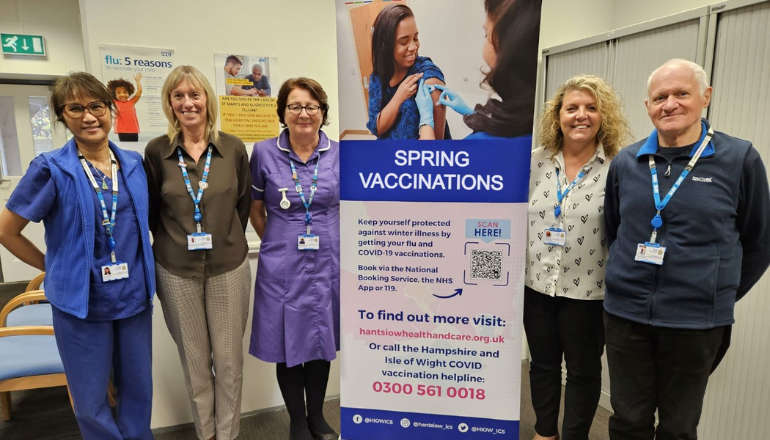 St Mary’s Vaccination Hub Gets Ready For Spring Covid-19 Vaccinations
St Mary’s Vaccination Hub Gets Ready For Spring Covid-19 Vaccinations
Comments
Add a comment